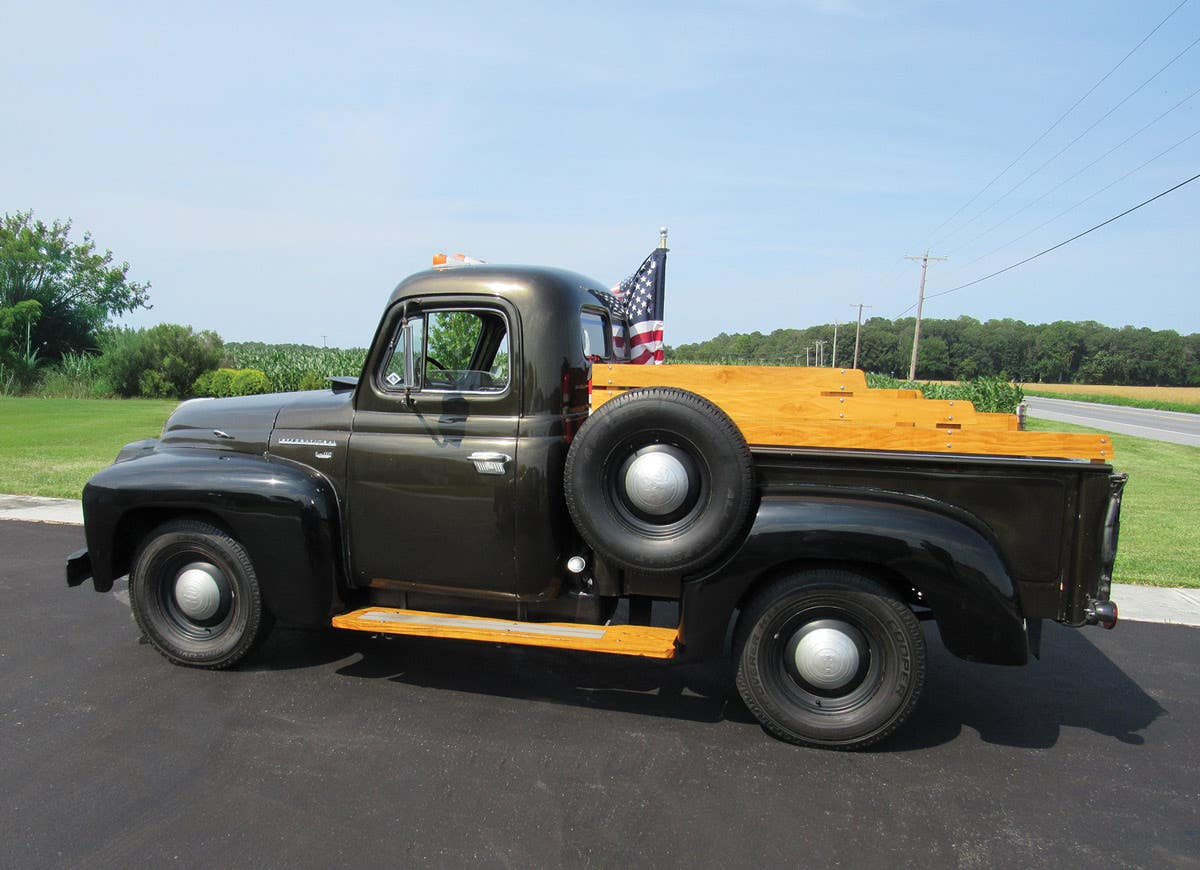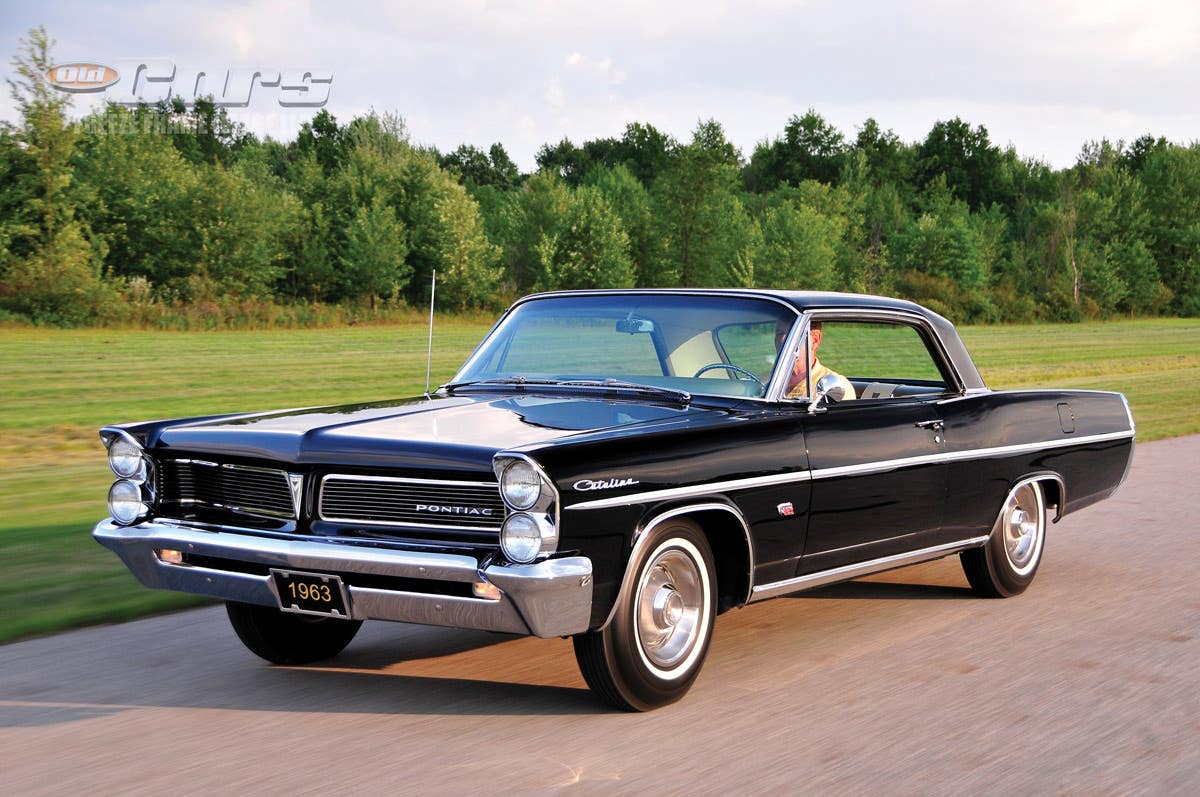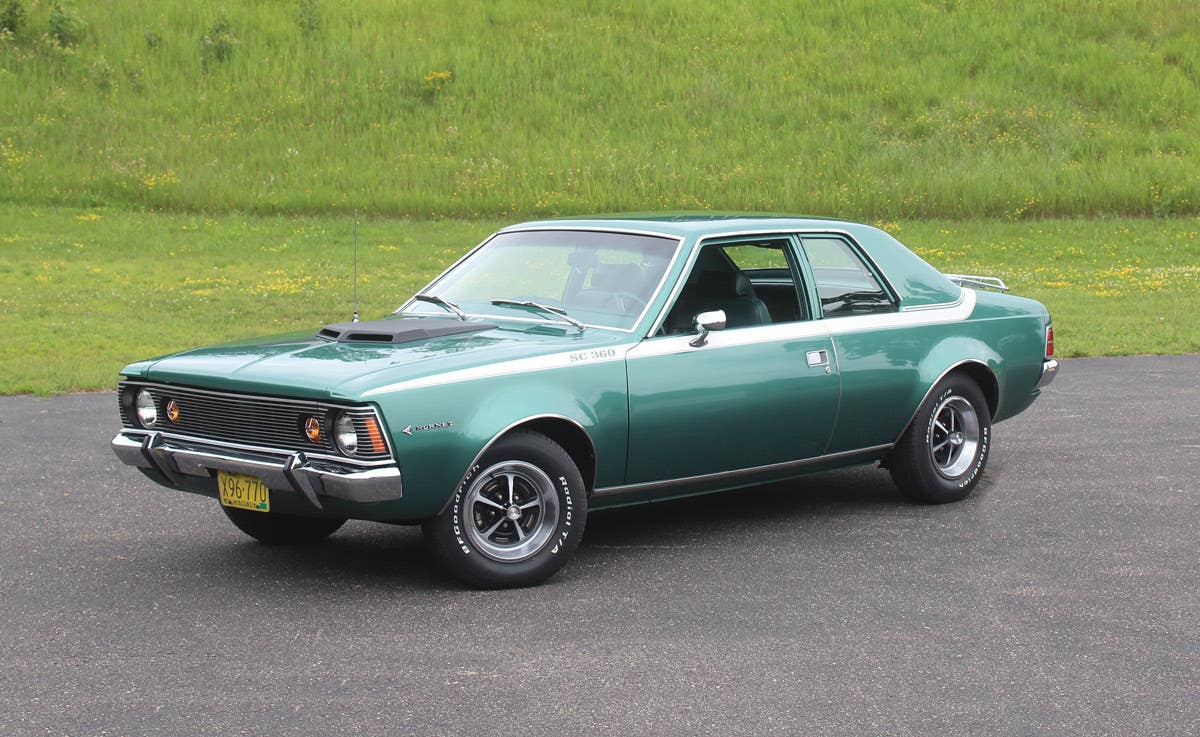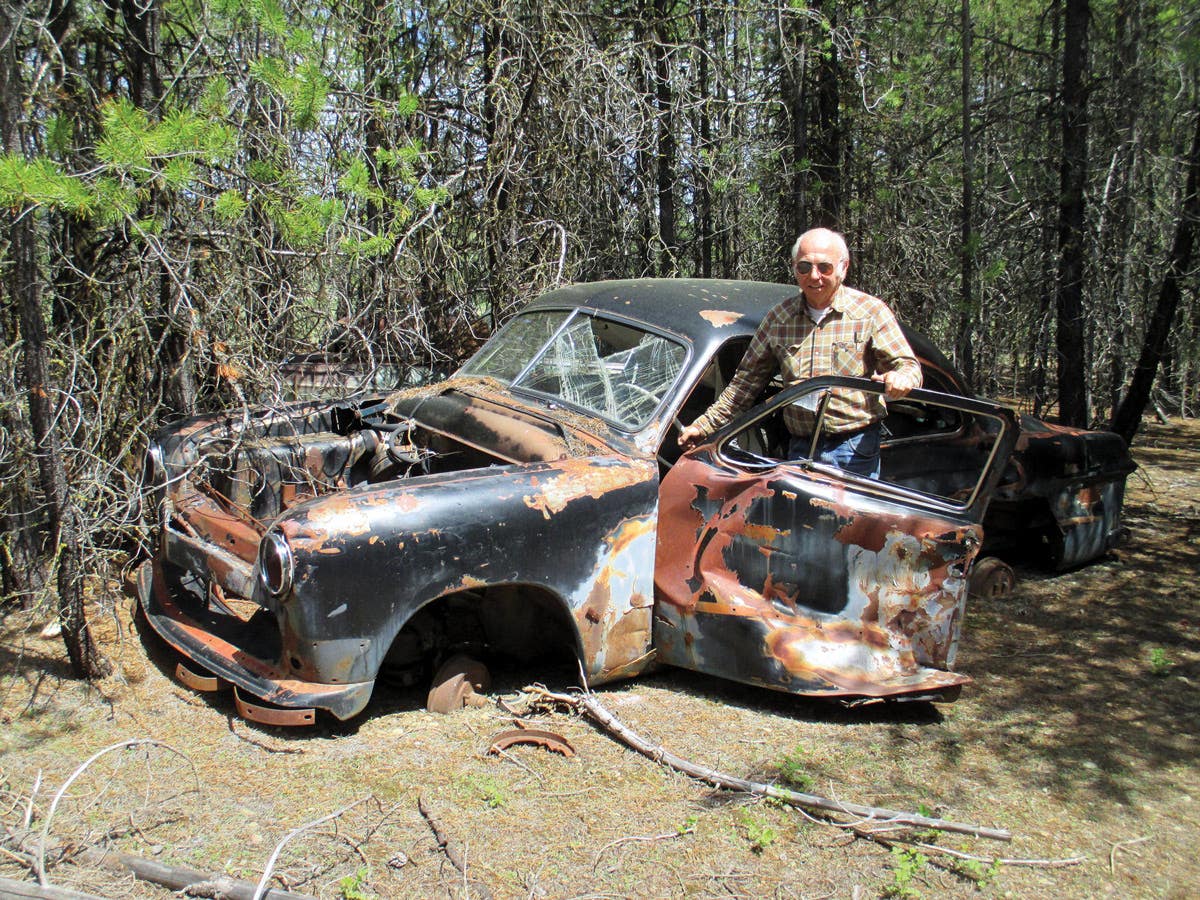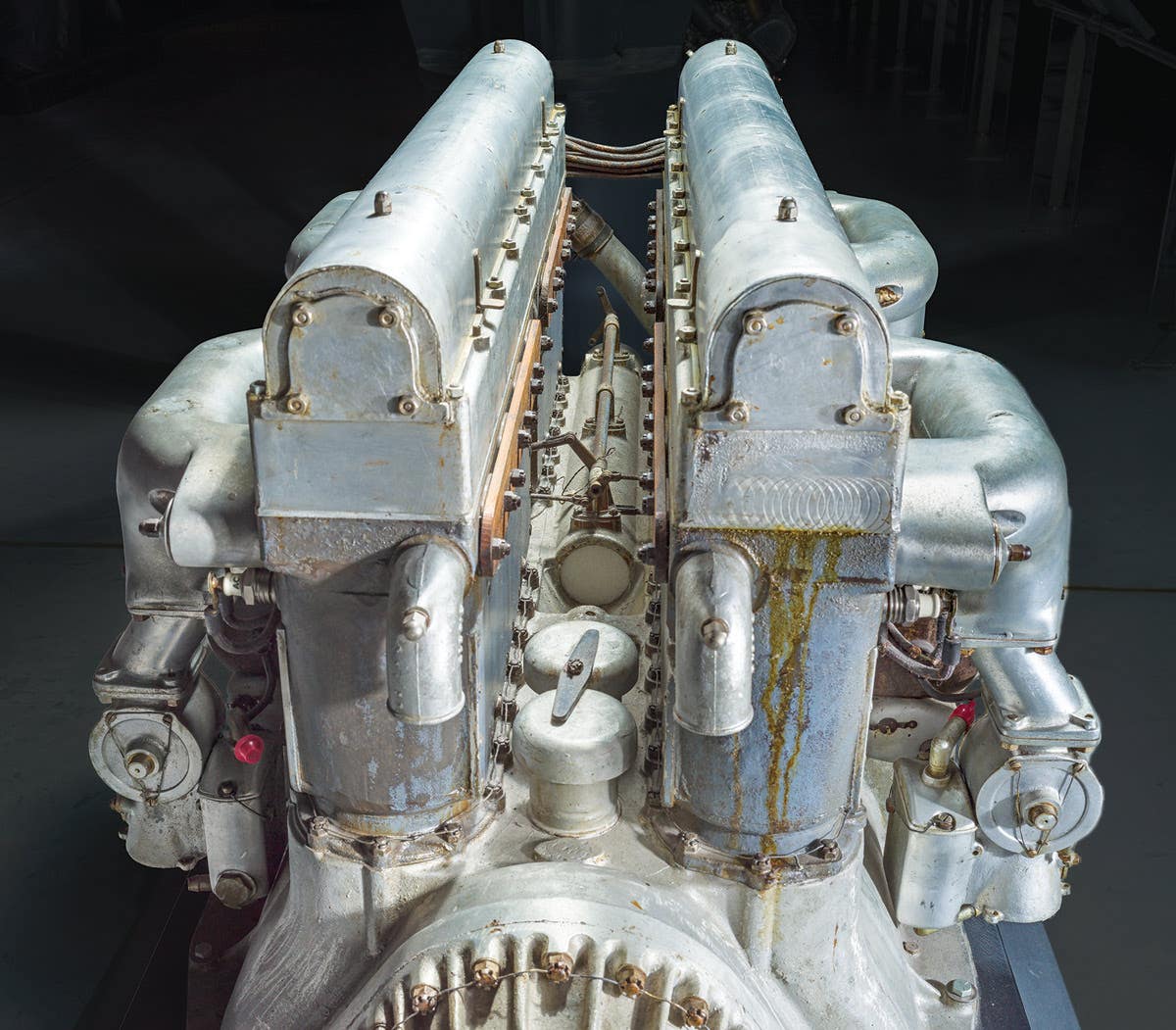Q&A with Kit Foster: May 3, 2012
Q. I have to weigh in on the 6/12-volt controversy. I have driven a 1966 Plymouth Fury as my daily transportation since 1994. For the 10 years before that, my…
Q. I have to weigh in on the 6/12-volt controversy. I have driven a 1966 Plymouth Fury as my daily transportation since 1994. For the 10 years before that, my daily driver was a 1952 Plymouth Cranbrook, 6-volt, positive ground. I don’t care what anyone says, here in upstate New York, it gets to 20 or 25 degrees below zero sometimes in the winter, and no matter what size cables, how clean the connections and how good the battery, all you get is a groan when you hit the starter. I solved my problem by adding a second 6-volt battery under the hood and connecting them with a 6-volt solenoid, the kind that mounts on the inner fender. I think it was from a Ford. So when I hit the starter, the second battery was engaged and the car started right up. As soon as I let go of the key the second battery dropped out and I was back to 6 volts. In using this system for almost 10 years, I never had a problem with the starter or the ignition system caused by the momentary excess voltage. It spun quite fast, though. The only thing I had to be careful of was to never leave any accessory, light, radio, etc on when hitting the starter or they didn’t last long.
After replacing a few headlights, I started remembering to keep them off when starting. Since the second battery was not in the circuit, I had to remember to charge it every few weeks, especially in the winter. I realize most people don’t drive their 6-volt cars in below-zero weather anymore, but this is one instance where the 6/12 system is of practical value.
Lee Oliver, Averill Park, NY.
A. You don’t say so specifically, but I presume your solenoid installation put the second battery in series with the primary one when starting. Having grown up in northern Connecticut in the 1950s, I can relate to starting 6-volt cars in frigid weather. I don’t think many people use 6-volt cars for daily winter transportation these days, so my answers had not really considered this situation.
I can suggest a couple of alternate remedies, though, that do not involve electrical modification to the car itself. My father had a 1948 Willys Jeep, which I now own. It had to be ready to plow snow at any time, regardless of the temperature. He had a device called “Hot Rod,” which was an electric dipstick. When cold weather was forecast, you just replaced the regular dipstick with the rod, and plugged it into any household outlet. It worked great.
Another useful device that has much the same effect is an engine heater — either a tank heater installed into the cooling system or a head bolt heater that goes into the water jacket. These, too, plug into household or garage outlets, and keep the whole engine, not just the oil, at a warmer-than-ambient temperature. You see evidence of these on many diesel vehicles in cold climates – often trucks with short AC power cords coming through the grille.
-------------------------------------------------------------
Q. It is my belief that any 6-volt system would work better if the starting batteries were two 6-volt Optima batteries in parallel. They should fit fine and provide amps that are more helpful. A brand-new 6-volt system would work fine, but an older, used system would benefit from the greater amperage of two batteries in parallel.
The other issue I’d like to address is the battery cable. Any welding shop should have 0 (zero) or 00 cable in-house. They can cut it to length, install the ends crimped on tight and clean. Do not mess with voltage. It affects the car.
Reading your recent “Q&A,” I have been able to understand the importance of having grounds attached to the engine block. Clean, direct surfaces make for a better circuit and less resistance in the circuit.
Jeff Knapp, Mesa, Ariz.
A. Your suggestion will help if the starter is not getting enough current, but will be of little benefit if the starter itself is worn or has electrical problems, and won’t be as good as 12 volts at overcoming poor connections. I believe there is also some benefit from 12 volts in turning the engine faster. In any case, it sounds heathier.
A couple of readers have reiterated their support for what I call “brute force” remedies. Tom Fornesi of Grand Blanc, Mich., says that Antique Auto Battery of Hudson, Ohio, has 6/12 batteries and is very helpful. Gary Bartles of Wentzville, Mo., had success with an 8-volt battery in his 1950 Cadillac convertible, without making any changes to the 6-volt system (other readers advised raising the charging voltage). He has also used a 12/24 system on his Case diesel tractor. I had mentioned that while 6/12 Orpin switches seem to be difficult to find, 12/24 relays are still available in the industrial and agricultural markets. He closes by saying, “Let your readers know, don’t be afraid to try something ‘cause it might just work.” Well, just because I wouldn’t do something doesn’t mean you shouldn’t, unless it’s connecting 6- and 12-volt batteries in parallel. That is never a good idea. It’s inherently risky, and all the 6/12 suggestions mentioned by readers will provide the same result more safely.
To submit questions to this column: E-mail angelo.vanbogart@fwmedia.com or mail to: Q&A, c/o Angelo Van Bogart, 700 E. State St., Iola, WI 54990-0001.
Got Old Cars?
If you don't subscribe to Old Cars Weekly magazine, you're missing out on the only weekly magazine in the car hobby. And we'll deliver 54 issues a year right to your mailbox every week for less than the price of a oil change! Click here to see what you're missing with Old Cars Weekly!
More Resources for Car Collectors:
- Classic car price guides, research, books, back issues of Old Cars Weekly & more
- Get expert restoration advice for your classic car
- Get car pricing, data and history all in one place
- Sign up for Old Cars Weekly's FREE email newsletter
- Need to buy or sell your classic car? Looking for parts or memorabilia? Search our huge online classified marketplace



